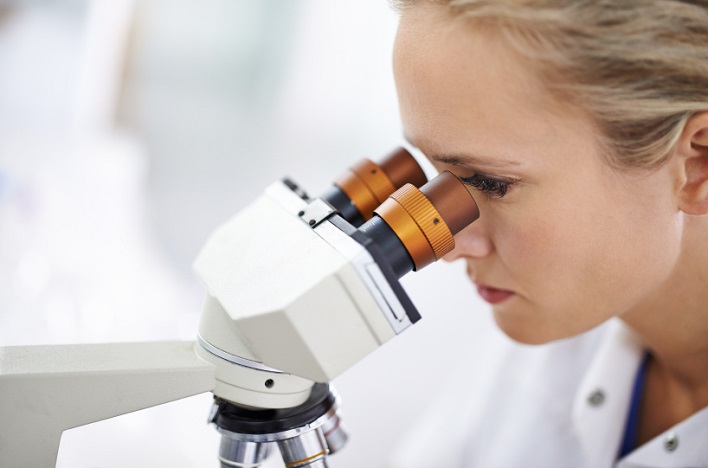You don’t need to wear a white lab coat to qualify.
Since it was created in 1981, the federal Research & Experimentation (R&E) Tax Credit has helped U.S. companies reduce the cost of innovation by billions of dollars.
“This is a credit that rewards companies for taking on some risk, often for activities in which they and their employees are involved every day,” said Richard Wile, partner-in-charge of research tax credit services at RubinBrown LLP. The firm has helped clients in several industries successfully apply for the R&E Tax Credit.
These employees don’t necessarily need to wear a white lab coat to qualify. In fact, a wide range of businesses —including architecture firms, construction companies and electrical and mechanical contractors—have claimed the credit. The credit is claimed based on expenditures for qualified wages, supplies and third-party contract research.
How do you know if your company’s activities in these areas qualify for the R&E Tax Credit? Any expenses claimed for the credit must be associated with projects that pass a four-part test.
Business Component Test
Your company’s research must be related to the development or improvement of a product, formula, invention, computer software, process or technique. The resulting “business component” must be something you either use in your business, or hold for sale, lease or licensing.
Your company doesn’t even have to be directly conducting the research. You just need to be paying for it. One caveat is that any research must be done in the United States, Wile said. If the company’s employees or a contract research operation is located in another country, those expenditures won’t be eligible for tax credits.
But the prototyping work that is often outsourced to contract manufacturers—including die casters, fabrication operations, precision machine shops and foundries—would qualify, he noted.
Technological Information Test
The research must be related to engineering, computer science or the physical or biological sciences. Anything related to aesthetics generally will not qualify. Neither will anything tied to market research or management techniques.
Let’s say you own a food business. If you’re trying to develop a more efficient method of mixing and batching, that work may qualify. Research into customers’ favorite flavors generally wouldn’t.
If your work ultimately leads to a patent, a safe-harbor test is satisfied that research is taking place. Seeking a patent is not a requirement, though. Additionally, a recent court case substantiated the inclusion of patent attorney expenses as eligible for the R&E Tax Credit.
Process-of-Experimentation Test
Basically, did your research involve a systematic process of experimentation, such as modeling, simulations or trial-and-error tests? The more iterations or tests you go through, the better from a credit standpoint, Wile said. That’s because the credit is wage-based. Therefore, the more hours spent working on eligible projects, the more potential credits can be generated.
The Section 174 Test
There also must be an element of technical uncertainty—that is, you weren’t sure at the onset of the project whether a new process or product would work, how to refine or develop it, or what the final design should look like.
Once you have that final design, though, and your product is ready for commercial production, any expenses incurred beyond that point usually will not qualify for the tax credits.
One nice thing? Your experiments don’t have to ultimately lead to a product. Even if your efforts never go past the proposal, evaluation and testing stages, you could still be eligible for tax credits.
It’s a good idea to consult with an expert on the R&E Tax Credit because it’ll apply differently depending on your line of business.
One final word: The R&E Tax Credit expired at the end of 2014, but it’s been renewed multiple times since the early 1980s. Wile is very confident that it’ll be renewed by the end of the year.


